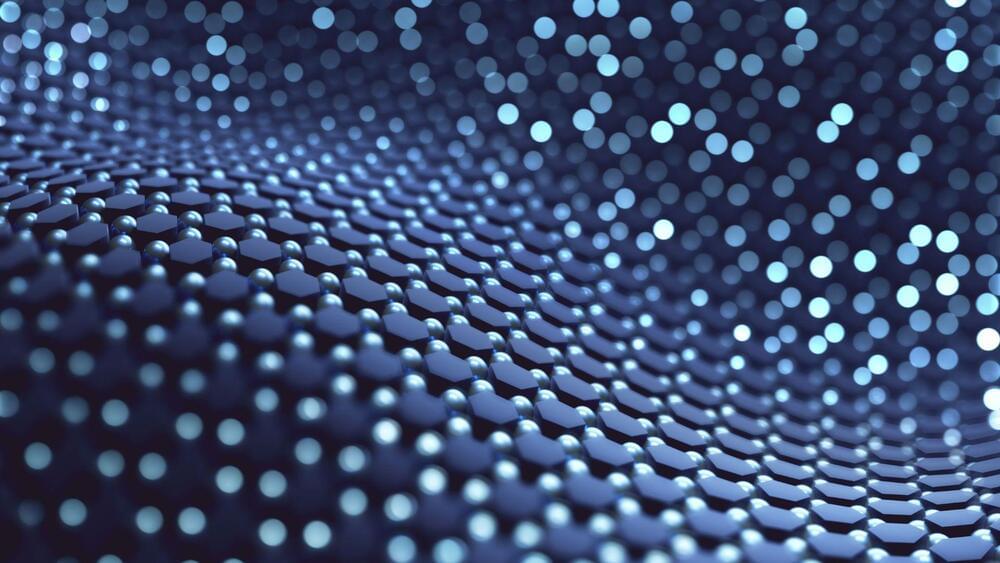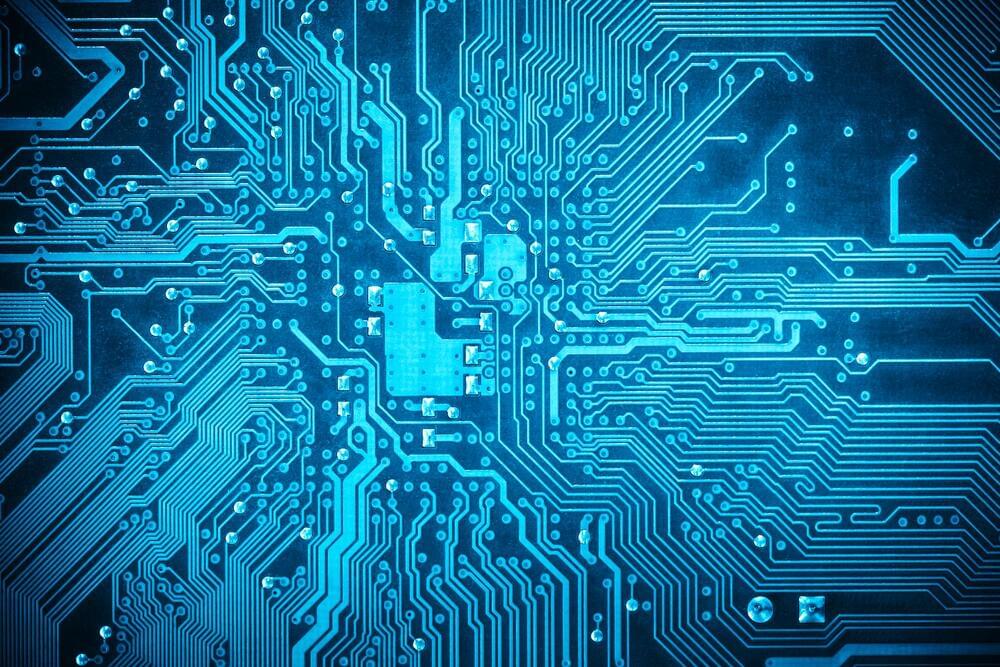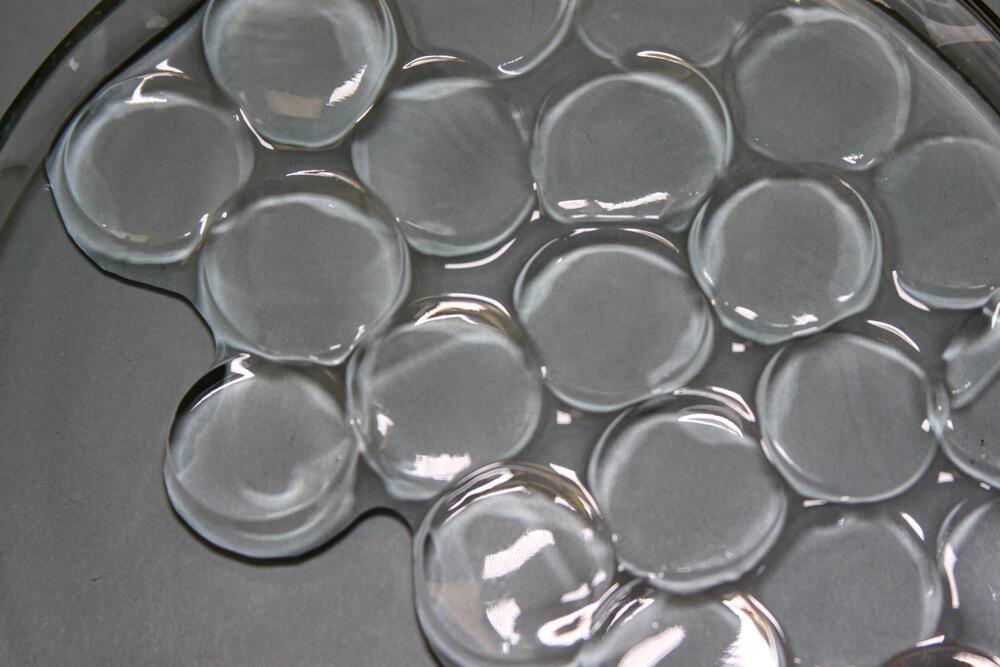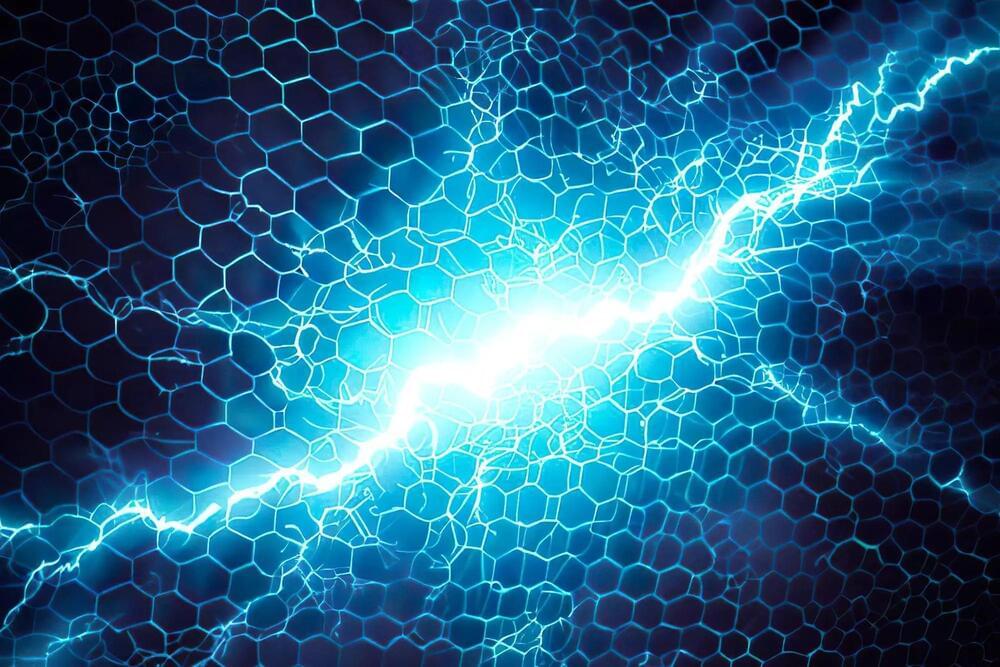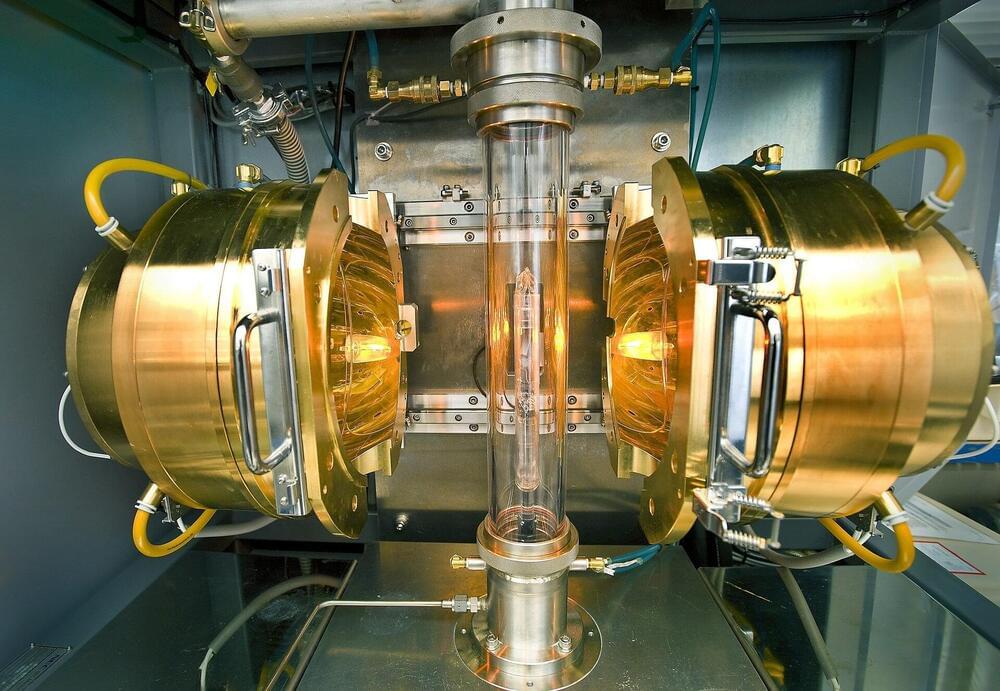The simplicity of the approach stumped even reviewers of the journal Nature and needed further proof to be believed.
Researchers at the College of Chemistry and Molecular Sciences at Wuhan University in China have achieved a significant ‘breakthrough’ in materials science that allows alloys to be made from a diverse range of metals and at much lower temperatures than conventional methods, the South China Morning Post.
Since the Bronze Age, alloys have contributed to the advancement of our civilization. Modern-day applications of alloys involve creating and manufacturing high-entropy alloys (HEAs) composed of five or more metallic elements.
